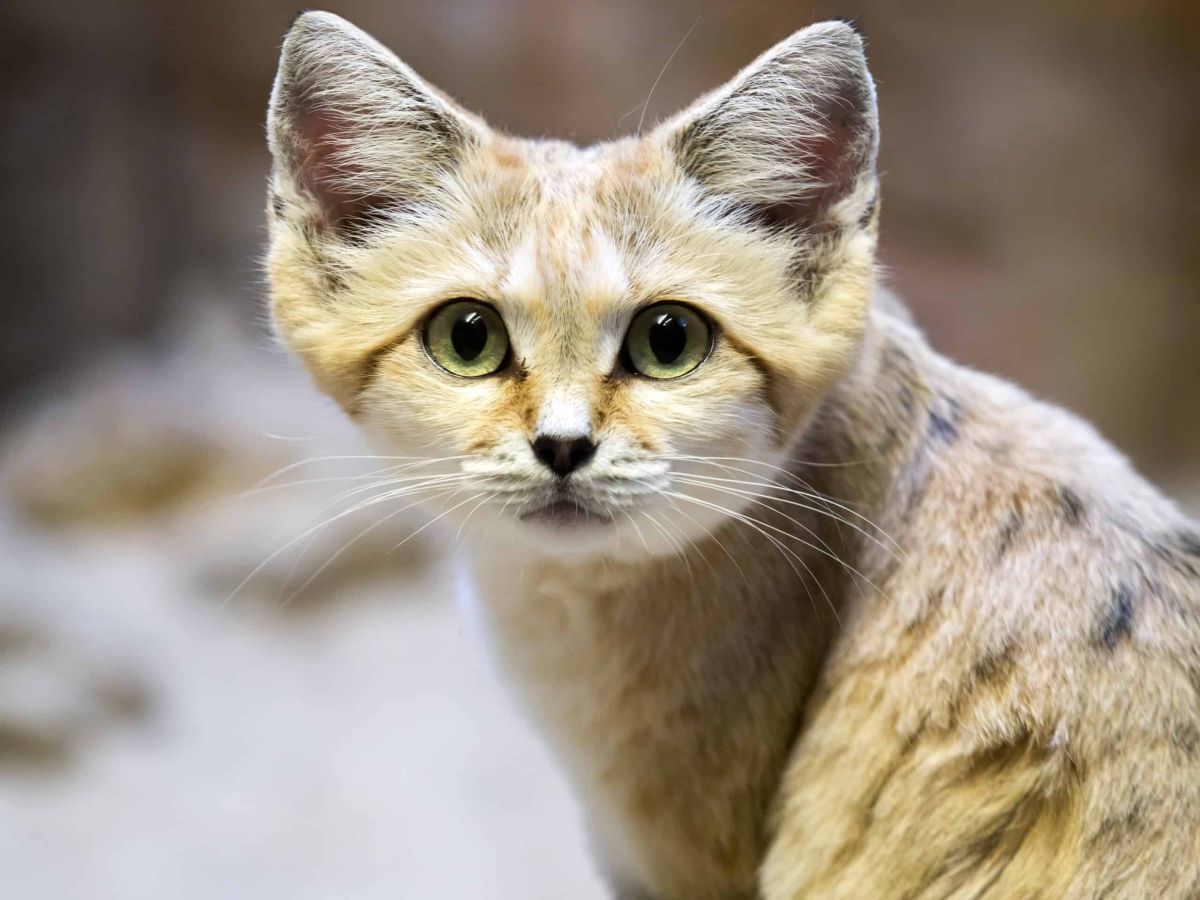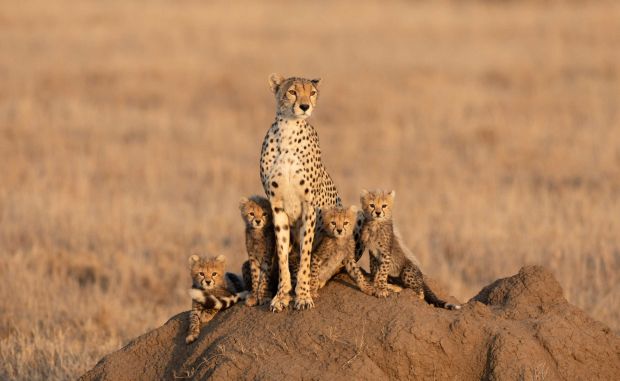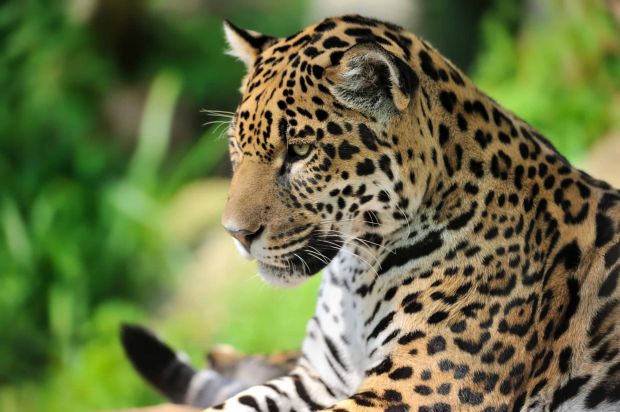Sand Cats: Nature’s Desert Nomads

In the vast, arid landscapes of North Africa and parts of Central Asia, a remarkable creature roams the dunes— the sand cat (Felis margarita). These small wildcats have adapted exquisitely to some of the toughest environments on Earth, showcasing nature’s ability to thrive under challenging conditions. Their enchanting characteristics and behaviors make them one of the most intriguing members of the Felidae family.
Physical Characteristics
Sand cats are relatively small, typically weighing between 3.5 to 8.5 pounds (about 1.5 to 4 kilograms) and measuring around 20 to 24 inches (50 to 61 cm) in length, excluding their bushy tails. Their fur is notably thick and soft, providing insulation against the extreme temperatures of their desert habitat, which can swing from scorching hot during the day to frigid at night. Their sandy-colored coats offer excellent camouflage against the golden dunes, allowing them to blend seamlessly into their surroundings.
One of the most distinctive features of sand cats is their large, rounded ears, which help them detect the faint sounds of prey beneath the sand. Their feet are also uniquely adapted; they have fur on the soles, which provides insulation from the hot sand and helps them move quietly while hunting.
Habitat and Distribution
Sand cats are primarily found in the sandy deserts of North Africa, particularly the Sahara, and the deserts of Central Asia. They prefer arid habitats with loose sand, rocky plains, and sparse vegetation, where they can burrow and hide from both predators and the scorching sun. These cats are elusive and primarily nocturnal, becoming active at dusk and dawn to avoid the midday heat.
Behavior and Diet
Sand cats are solitary animals known for their secretive nature. They establish home ranges that, depending on food availability, can vary greatly in size. Unlike many other felids, sand cats do not associate with others outside of mating season, and they often fend for themselves in their harsh environment.
Their diet mainly consists of small mammals, reptiles, and insects, and they are skilled hunters, capable of pouncing on prey from a distance. Sand cats are also known for their ability to survive with minimal water intake, deriving moisture from the animals they consume, allowing them to thrive in extremely arid conditions.
Reproduction and Life Cycle
Sand cat mating typically occurs in the late winter through the spring. After a gestation period of about 59 to 63 days, a female sand cat gives birth to a litter of two to five kittens in a den, often located in abandoned burrows or crevices. The kittens are born blind and helpless, relying entirely on their mother for nourishment and protection. At around eight weeks, the young begin to venture outside and learn essential survival skills, although they stay with their mother for several more months before becoming independent.
Conservation Status
Currently, the International Union for Conservation of Nature (IUCN) classifies the sand cat as “Least Concern,” but threats to their habitats, including desertification and human encroachment, necessitate ongoing monitoring. Climate change poses an increasing challenge, potentially altering their ecosystems and food sources. Conservation efforts aimed at preserving their habitats and understanding their ecology are crucial to ensuring the survival of these enigmatic creatures.
Conclusion
The sand cat is a testament to the remarkable resilience of wildlife in extreme environments. With their unique adaptations and captivating behaviors, they play a vital role in the desert ecosystems they inhabit. As we deepen our understanding of these elusive felines, we are reminded of the importance of protecting our planet’s biodiversity—ensuring that future generations can continue to marvel at the beauty and wonder of nature’s extraordinary creations like the sand cat.



